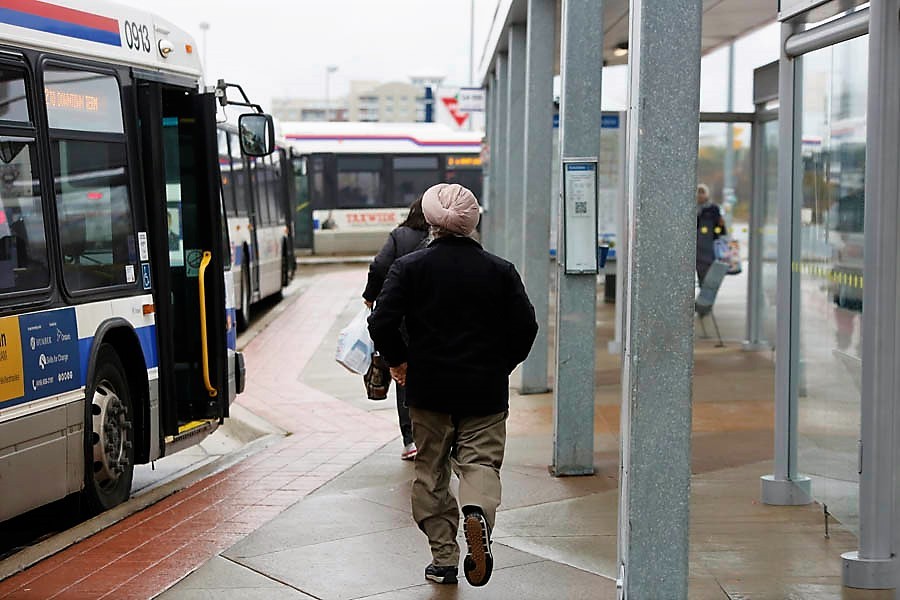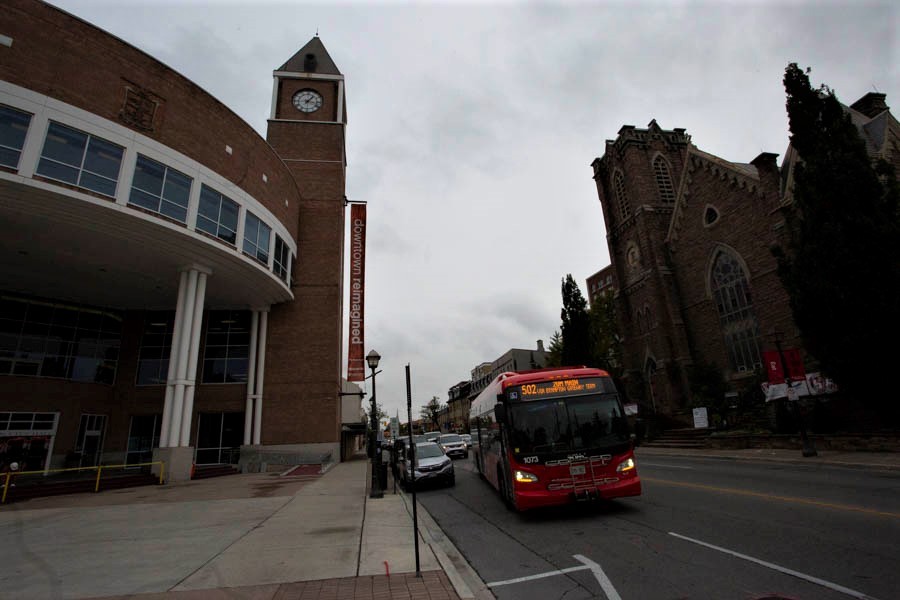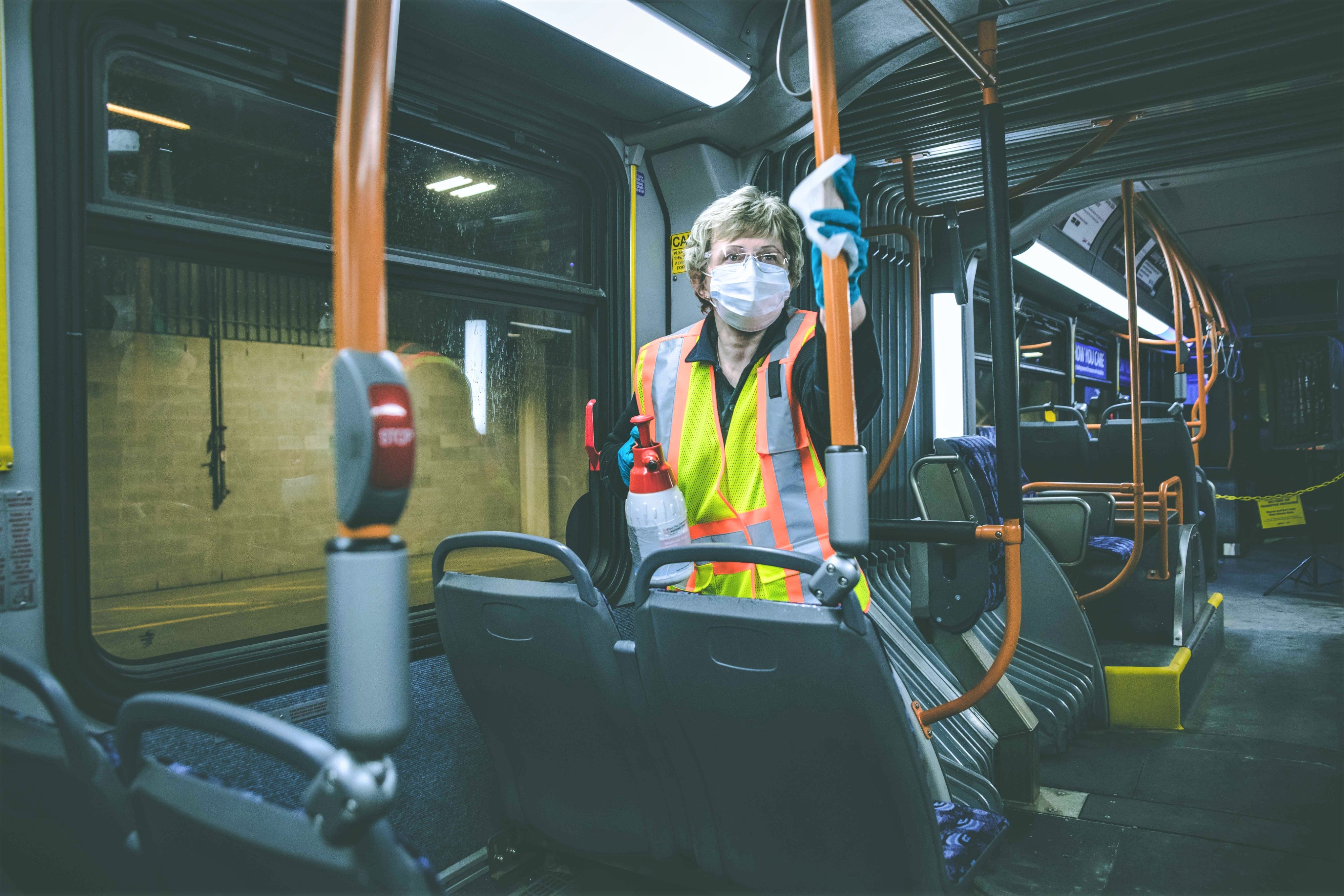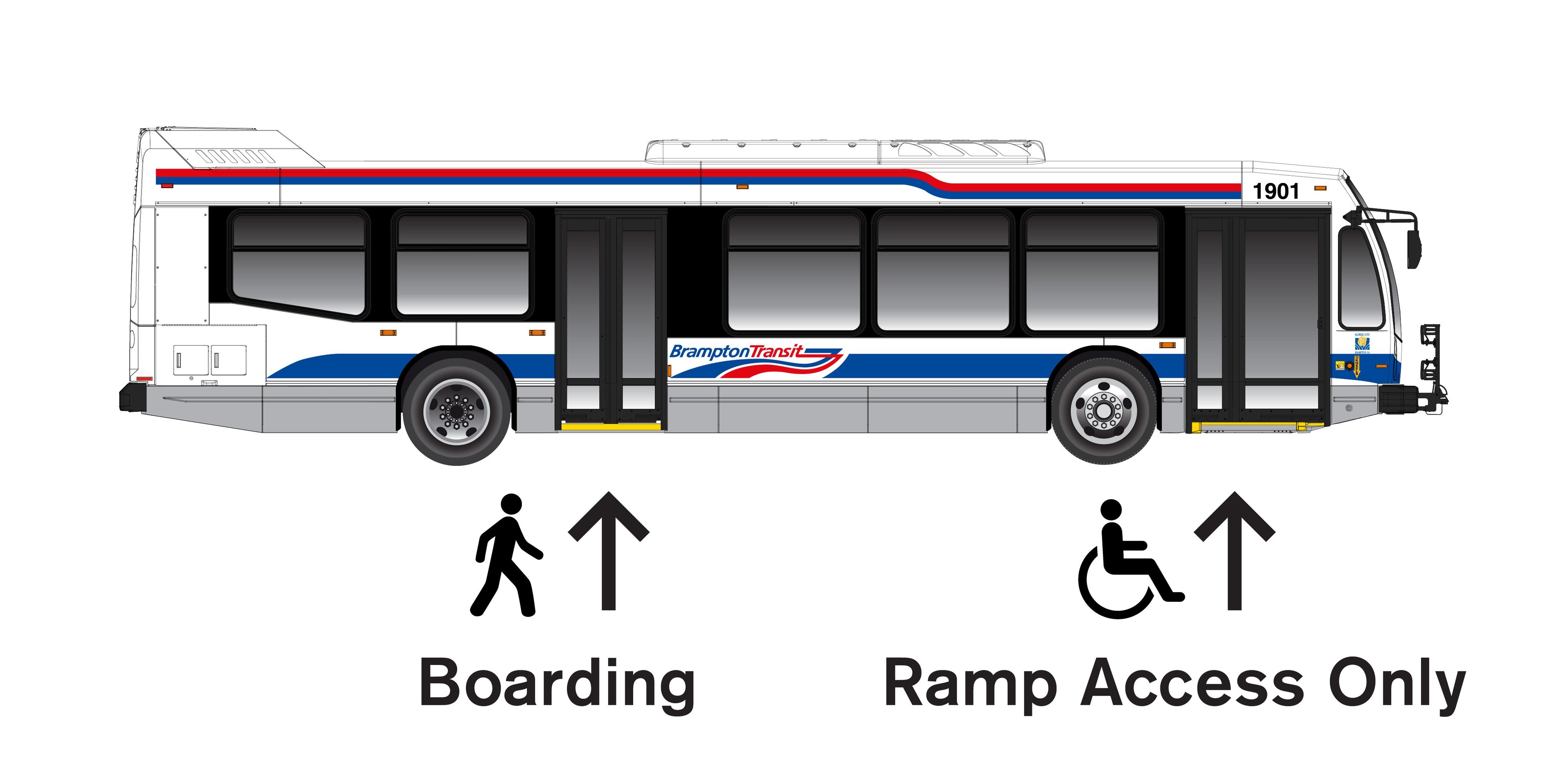
The City of Brampton wants transit drivers to receive prioritized testing for COVID-19
The City of Brampton is taking steps to help keep its transit drivers safe during the spread of the novel coronavirus.
City Council has sent a letter to Ontario’s Minister of Health asking transit drivers who show symptoms of COVID-19 be added to the list of prioritized individuals receiving testing.

Brampton bus drivers have to continue working to help get other essential workers to their jobs
The current testing system for transit drivers follows the rules of every other person not on the list: only to get tested if you experience symptoms consistent with COVID-19.
The City stated Peel Public Health investigates after they’re made aware of a positive confirmed case among staff.
“We’ve written a letter requesting the Premier and Minister of Health add to their priority list of groups transit operators, given they are on the front lines. They do not get as much attention but our transit operators are heroes right now, helping us maintain critical services in our city and our country,” Mayor Patrick Brown said during a press conference Wednesday.

Brampton Mayor Patrick Brown
The list of priority individuals for testing has grown over the last couple weeks. It originally started with frontline healthcare workers and those who travelled abroad. On April 10, that list was expanded to include people in contact with homeless shelters, remote, isolated or rural Indigenous communities and many others. While the list also includes the addition of “other essentials workers,” it’s not clear who can fall into this category.
The Pointer reached out to the Ministry of Health to learn why transit drivers are not prioritized for testing, but did not receive a response ahead of publication.
Transit drivers are an essential service during the ongoing crisis. They’re responsible for transporting residents who have to obtain essential items for their households, frontline healthcare workers and other essential service workers. “Directing public health officials to prioritize cases involving transit employees will help transit systems protect the health, safety and well-being of their customers,” Brown wrote in the letter.
Four Brampton Transit drivers have been diagnosed with the novel coronavirus, three of them coming from the same facility. The first confirmed case from that facility came on April 2, with the second one coming on April 9. The third case at the facility was confirmed soon after, on April 11.
The Pointer reached out to Peel Public Health to get details of investigations into the infections, such as how the drivers contracted the virus, where and who they might have come in contact with since. A response was not received ahead of publication.
Peel Public Health previously indicated the cases do not present any additional risk to the public and it was suggested that drivers likely did not acquire the virus through work. It’s unclear how this was determined.
The math raises concern about the number of Brampton Transit drivers now infected. As of Wednesday there were 482 confirmed cases of COVID-19 in Brampton. So bus drivers represent almost one percent of all cases (0.83 percent). At that rate there would be about 5,400 confirmed infections in the city. So Brampton Transit drivers have a rate of infection, as a percentage of all confirmed cases, that is more than ten times higher than the overall rate in the city, based on a population of 650,000.
Since these cases involved drivers at two facilities, both have been closed for public use. The Sandalwood Facility, where three of the infected bus drivers work, has also been modified to allow employees to adhere to rules of social distancing. Brampton Transit employees have also been given the tools they need to do their job, including masks, gloves, hand sanitizer and sanitizing wipes. The City told The Pointer it’s up to transit drivers if they choose to wear a mask and gloves.
If the measure requested by Council is approved by the province, it would add to a list of others Brampton has implemented over the last couple of weeks. These include a reduced bus schedule, limited seating on buses, rear-boarding only and a barrier to keep passengers at least six feet away from drivers. All facilities and buses are also being cleaned more frequently.

A Brampton Transit employee sanitizes a bus, as part of stepped-up protocols
Frank Vani, president of Amalgamated Transit Union (ATU 1573), told The Pointer he believes the four cases to be the result of community based infection, rather than being exposed to COVID-19 spread while on the job. It’s unclear why he has ruled out the likelihood of transmission through work.
Vani is also in favour of the idea outlined by Brown. He told The Pointer the union is always concerned about the health and safety of its members. For him, this idea is a step in the right direction. “Hopefully the provincial government will take his recommendations and implement them. Our goal is to keep everyone safe throughout this pandemic and testing is very important,” Vani said.
The increase of prioritized individuals is part of a strategy that’s expected to significantly expand the number of COVID-19 tests conducted in Ontario. Under this plan, 8,000 tests a day are now expected to be processed. Data from April 14 (Tuesday) shows 4,429 tests were completed the day before. Investigations are launched by public health officials for each positive case.
The province has faced a number of issues when it comes to testing for COVID-19, which in turn, led to reduced testing. In late March, a backlog in delivering test results was creating a problem. In a press conference on the matter, Premier Doug Ford said the issue was partially due to a shortage in materials needed to analyze COVID-19 tests. Other factors such as a lack of supplies and fears of overworking the system, as well as the province’s measured initial approach to testing people, with consideration for how wide or narrow the criteria for testing should be to get the most useful data, have also contributed to the slow moving tests conducted in Ontario.

Passengers, who ride for free during the pandemic, can only board through the rear, there is limited seating and there is a barrier to protect drivers
On April 13 the province announced it secured medical equipment and supplies that are in demand, including surgical masks, N95 respirators masks and ventilators. These new supplies do not include any testing equipment. More testing, coupled with people staying home and an influx in personal protective equipment, is part of the formula Ford believes is needed to beat the spread of the novel coronavirus.
“Simply put, the sooner we can identify cases, the sooner we can act, contain cases and stop the spread, the sooner we can save more lives,” Christine Elliott, Ontario’s Minister of Health, said during a press conference last week. Introducing this larger list of prioritized individuals, she said, was made possible due to the expanding capacity for lab testing. This includes using labs from hospitals, the community and research facilities.
Elliott encouraged people not to be scared of getting tested.
“I want to be clear, anyone exhibiting symptoms of COVID-19 can and will be tested at the recommendation of their physician or a physician in an assessment centre,” Elliott said. She added that the enhanced testing of prioritized groups is in addition to the 100 assessment centres across the province.
Until recently, heightened attention was not given to those in contact with long-term care facilities. These individuals, as breakouts continue in seniors’ homes across the province, are now part of the prioritized list.
The spread of the virus in these homes across Peel is happening at a rapid pace. As of April 14, there were 98 confirmed cases of the novel coronavirus in these facilities across the region, resulting in five deaths. At the national level, almost half of Canada’s approximately 1,000 COVID-19 deaths have been residents in long-term care homes.
Email: [email protected]
Twitter: @nida_zafar
Tel: 416 890-7643
COVID-19 is impacting all Canadians. At a time when vital public information is needed by everyone, The Pointer has taken down our paywall on all stories relating to the pandemic to ensure every resident of Brampton and Mississauga has access to the facts. For those who are able, we encourage you to consider a subscription. This will help us report on important public interest issues the community needs to know about now more than ever. You can register for a 30-day free trial HERE. Thereafter, The Pointer will charge $10 a month and you can cancel any time right on the website. Thank you.
Submit a correction about this story


